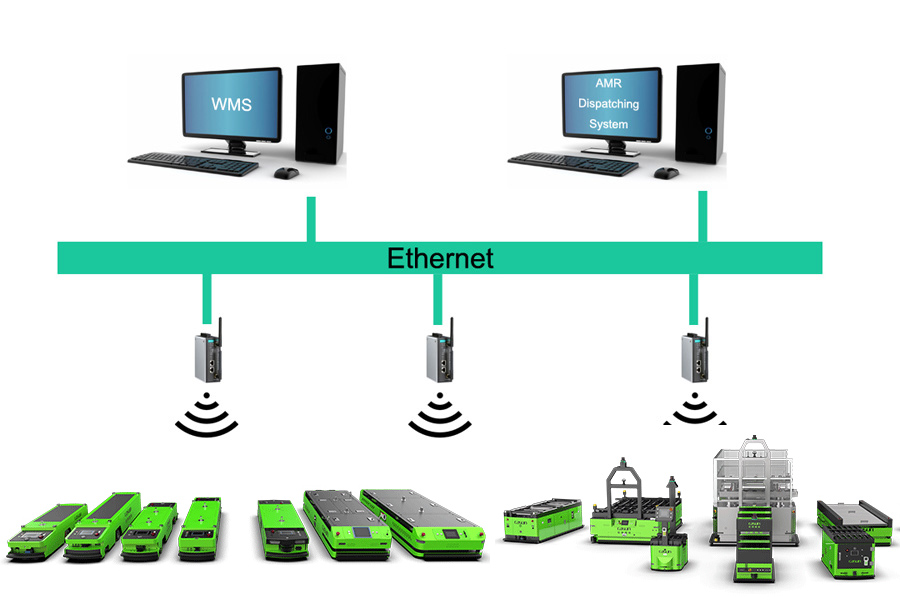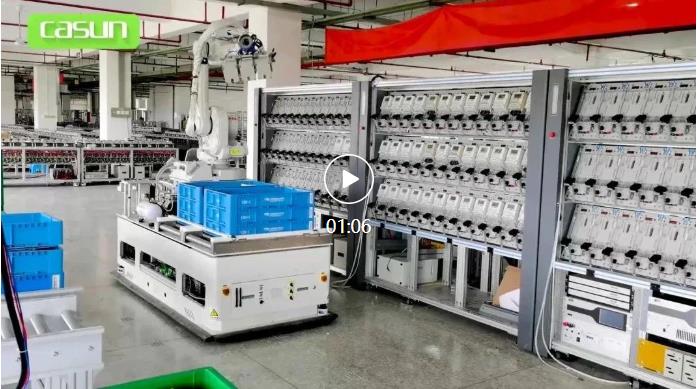MES – Manufacturing Execution System
Basic data management includes the maintenance of the underlying basic data and data dictionaries used by the system. The basic data mainly includes data related to production, supply, demand, etc. The data source is obtained from the main system through the interface or through the actual support of the data. Excel performs batch import, data types and management methods include:
- Ø Material (BOM) list: BOM refers to the resources such as raw materials, tools, measuring tools and equipment needed to produce products. The BOM will be assigned to the product code. The system will provide the maintenance setting function of the BOM, specify the specific resource list and related types of the BOM, and set the specific processes or workstations that different BOM resources are allowed to use/mandatory.
- Ø Process files: define process routes experienced by different products. Through the definition of the process route, the different flow directions of the product under different conditions can be specified. The system can identify the current and next process of the product in the production site, as well as the operation content to be controlled by the current process, so as to achieve process prevention. Error and the purpose of real-time data collection.
- Ø Equipment files: establish equipment account information, maintain equipment production capacity, establish equipment and work center, process, and employee associations.
- Ø Department personnel: the files of departments, teams and personnel include department name, department code, department personnel details (work number, name, etc.)
- Ø Work center: Set up a work center with equipment or teams with the same ability, and set the binding relationship between the work center and department personnel at the same time, so as to facilitate the calculation of production capacity during production scheduling
- Ø Work calendar: equipment work calendar, team/personnel work calendar (shift management), used to determine equipment capacity and work calendar during production scheduling:
On the one hand, the source of basic data can come directly from other systems and files, on the other hand, data can be added directly through the MES system, and at the same time, these data can be maintained twice.
WMS – warehousing management system
Basic data management includes the maintenance of the underlying basic data and data dictionaries used by WMS. Basic data mainly includes data related to production, supply, demand, etc. The data source is obtained from the main system through the interface or through the actual support of the data. Excel performs batch import, data types and management methods include:
- Ø Basic customer files: main system interface and Excel import;
- Ø Warehouse archives: Synchronize ERP warehouse archives and expand warehouse attributes. Warehouse archives other than ERP warehouse archives can be created, modified, or deleted. Extended attributes identify warehouses, warehouses storing the same materials and products, with different attributes, identified as two warehouses
- Ø Warehouse location file: Define automated warehouse, flat warehouse, three-dimensional shelf and other types of location information according to location coding rules, including corresponding warehouse information, location information, corresponding material information, location status information, location type, etc.
- Ø Material master data: Synchronize the material master data file in ERP, and expand the attributes in WMS: material code, material name, version number, size, shape, fixed warehouse, warehousing acceptance criteria, etc., type, auxiliary materials, etc.; validity period, Warning attributes such as safety stock.
- Ø Unit of measurement: define the conversion standard of each unit of measurement
- Ø Supplier files: Synchronize supplier file information in ERP, and expand supplier attribute information, status, inspection-free, stricter, qualified, unqualified and other information.
- Ø Outbound addressing rules: designated batches out of the warehouse, raw materials according to near-effect first out, products according to production, date near-effect first out, designated location out of warehouse, fractional out of warehouse first, etc.
- Ø Shelf addressing rules: Find empty pallets or empty storage locations in designated areas, find the location of the nearest empty pallet, put the same material on the nearest shelf, merge pallets with the same material not full, merge pallets with the same production number, etc.
- Ø Pre-allocation rules: pre-lock the inventory when determining the inventory, prevent multiple people from being allocated at the same time, etc.
- Ø Replenishment rules: Replenishment reminders are generated based on inventory, replenishment reminders are generated based on the lowest production batch, replenishment reminders are generated based on inventory materials near the shelf life, and so on.
- Ø Inspection model: According to various materials and products, preset inspection items and inspection standards, and the acceptance personnel will accept the inspection according to the inspection standards.
- On the one hand, the source of basic data can come directly from other systems and files, on the other hand, data can be added directly through the WMS system, and at the same time, these data can be maintained for the second time. The following lists the data categories and operation permissions that can be directly managed and operated in the WMS system, for example:
- Ø Warehouse basic setting: set up different types of warehouse areas under the factory, and the authority includes adding, deleting, modifying, and checking warehouses;
- Ø Basic location setting: Set up different locations under the warehouse data, including location types and codes, and permissions include adding, deleting, modifying, and checking locations;
- Ø Setting of warehousing type: set the type of warehousing, such as picking and releasing, returning and warehousing, incoming and outgoing materials, moving in and out of the warehouse, etc. The permissions include adding, deleting, and modifying types. ,check;

